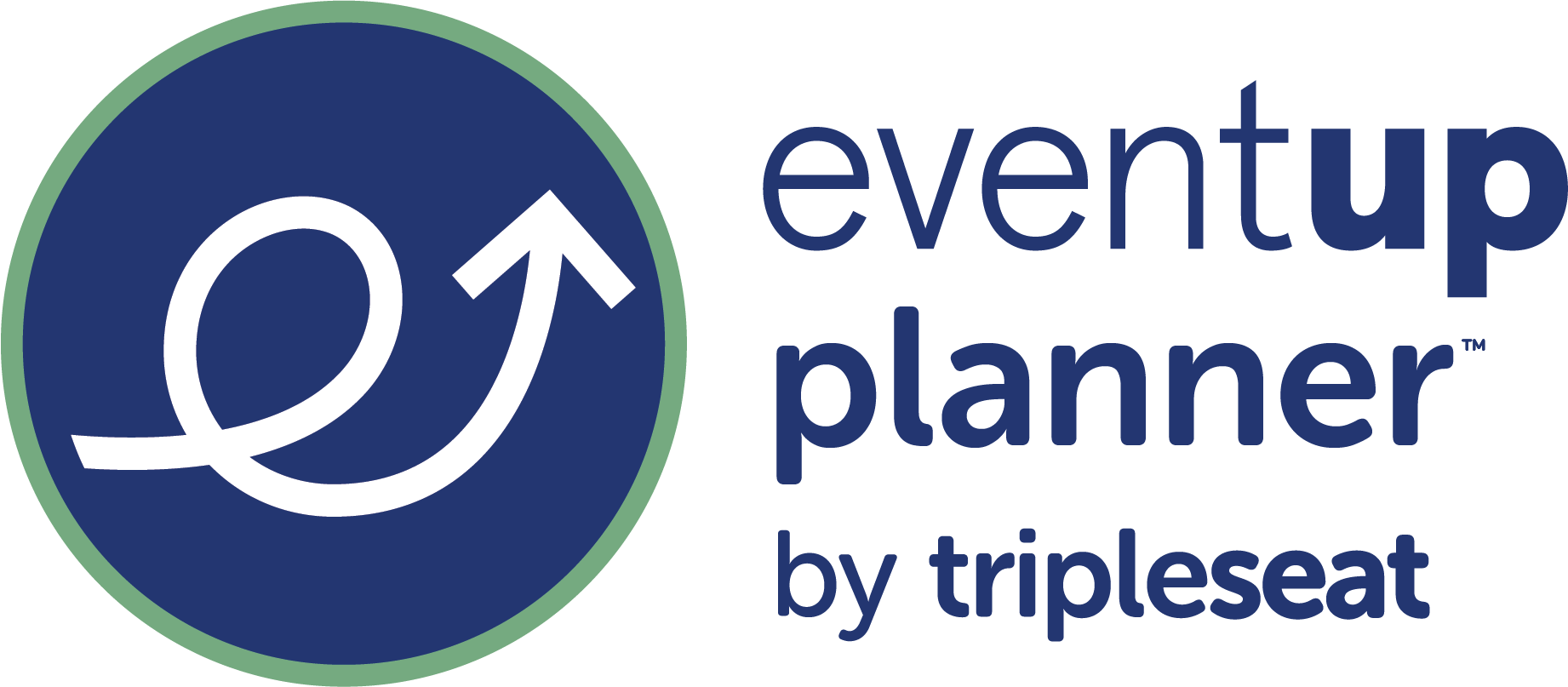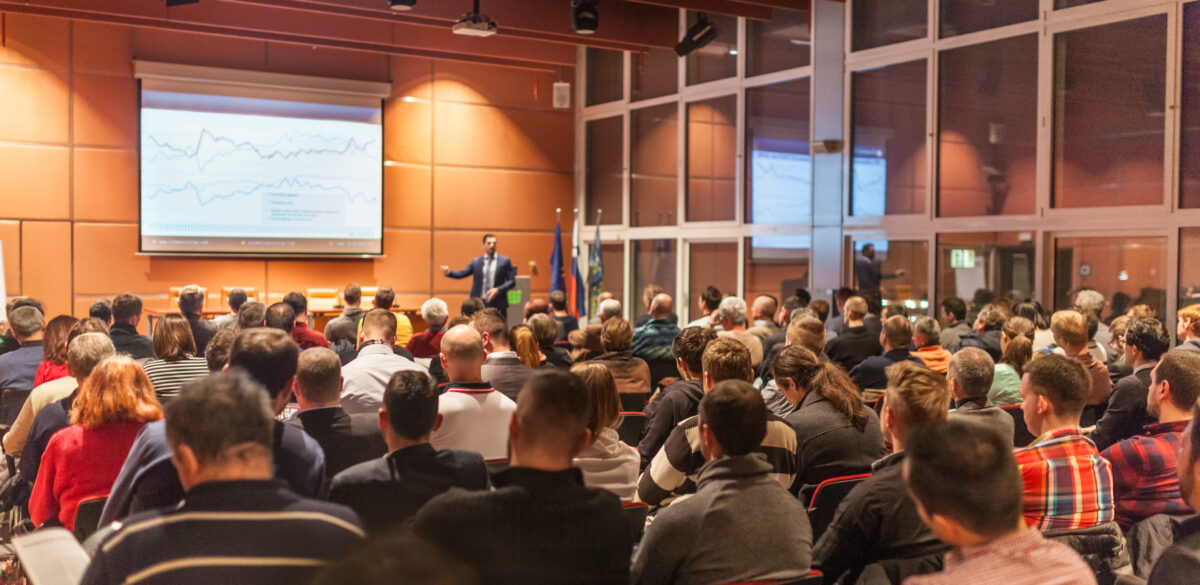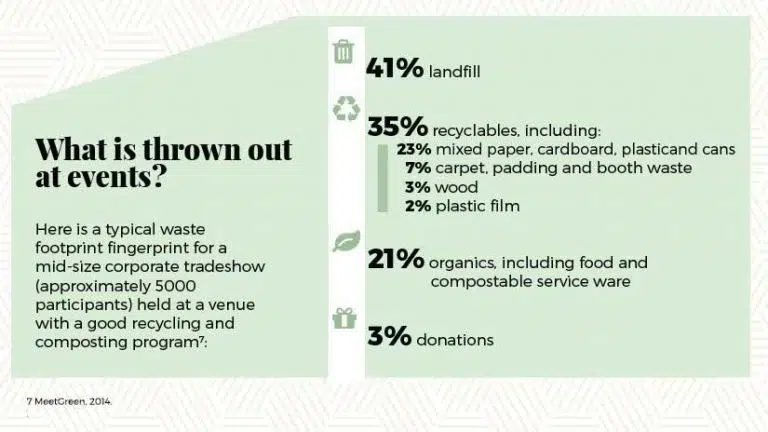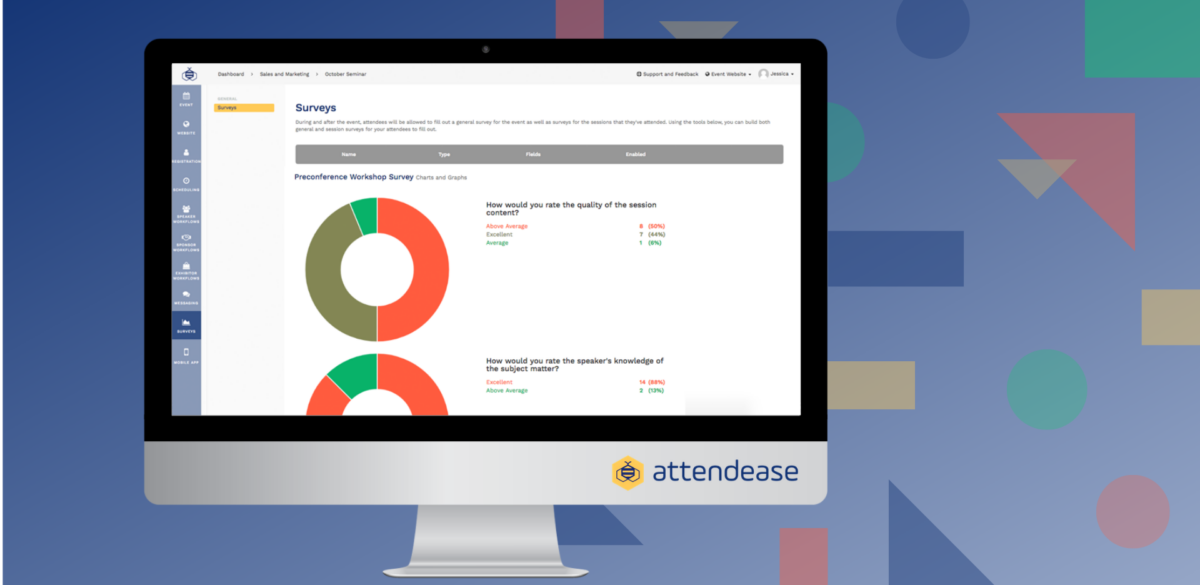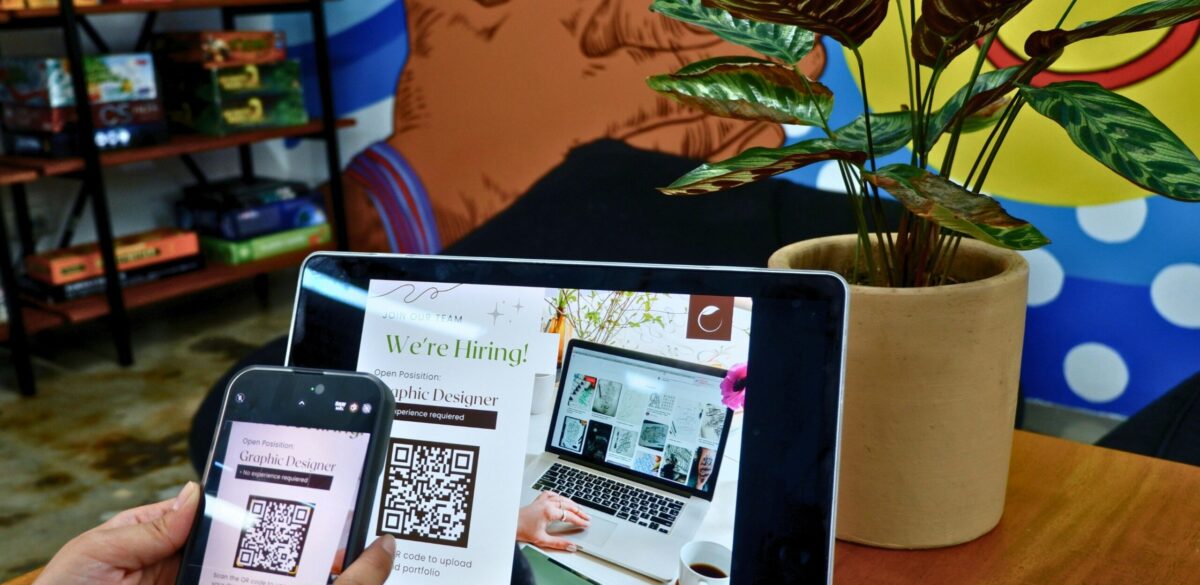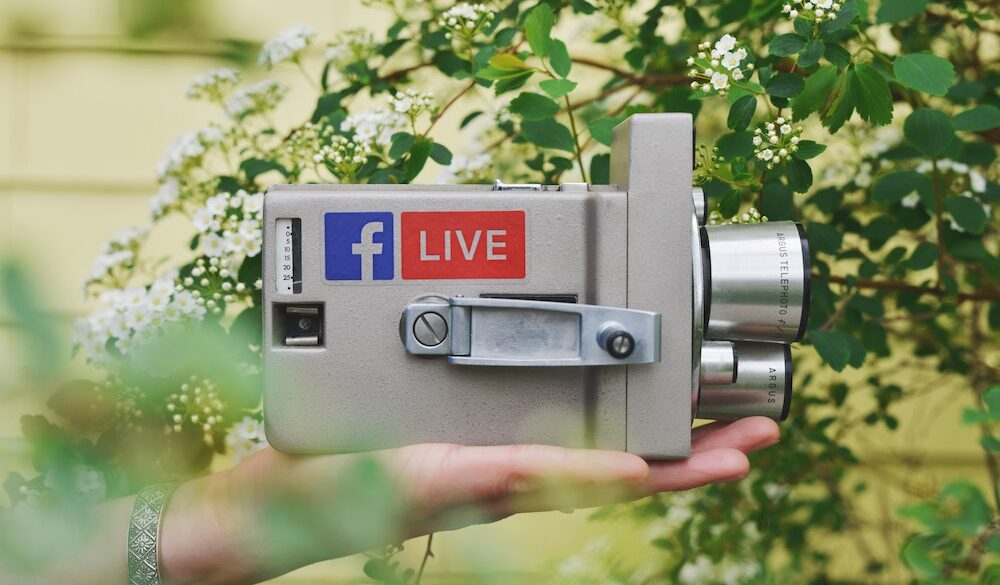Filling seats is your biggest priority and your biggest challenge as an event planner. Potential attendees have a smorgasbord of options, meaning competition for their attention is fierce. It’s normal to be left wondering— how can I stand out and sell more tickets?
The good news is, the event ticketing market is booming. Revenue in the U.S. event tickets market is projected to reach $36.26 billion in 2024 and grow at a 2.85% annual rate through 2028. This represents a huge opportunity for savvy planners to capture their share of ticket sales!
In this post, we’ll explore 10 proven strategies that leverage event ticketing software and your event communications to sell more tickets. When implemented effectively, these strategies allow you to maximize your reach and ultimately sell out your events. 🎉
Let’s dive in!
How to Increase Ticket Sales for Events? Check out these 10 Tips!
Make sure you’re on the right track to drive ticket sales with the following strategies. Plus, learn how event registration platforms like EventUp Planner make it easier to promote your event and sell tickets online.
Create a winning pricing strategy
Nailing your ticket prices is crucial for making sales. Price too high and you risk driving attendees away. But price too low and you risk leaving money on the table. Ideally you want to take an approach that maximizes sales while still appearing valuable to potential attendees.
One way to find that sweet spot is by offering flexible bundles and packages tailored to different audience segments:
- Tiered pricing for basic, premium, and VIP levels
- Group discounts for larger parties
- Bundled packages with added extras like merch or experiences
- Dynamic pricing based on demand
Creating a sense of urgency through limited-time pricing and low ticket availability can also boost conversions. Advertise early bird discounts or things like “50% off tickets this week only!” to capitalize on the fear of missing out. (But use this tactic sparingly—using scarcity or urgency can get old really fast.)
| Once you’ve perfected your pricing, use event ticketing software to easily sell tickets online. EventUp Planner has top features like different pricing categories, promo codes, and group passes—making it super easy to implement your ideal pricing structure. |
Promote your event on social media
Social media is a fantastic way to get your event out there and reach a larger audience. The key is concentrating on the two or three social media platforms your target attendees use most. Ensure these are places your people actually spend time, and tailor the content you share to that specific audience and platform.
Here are some more best practices to keep in mind when selling tickets using social media:
- Create engaging content. Stand out with creative videos, behind-the-scenes sneak peeks, and other share-worthy content tailored to each platform’s native style. For Instagram, design eye-catching graphics and Reels. On TikTok, recreate trending challenges related to your event theme.
- Encourage user-generated content (UGC). Incentivize attendees to organically share about your event through contests, branded hashtags, and photo ops! Award prizes for the best fan photos/videos using #YourEventHashtag.
- Use hashtags and geotags. Increase the chance of your event being discovered by using relevant location-based and interest-based hashtags that your target audience follows. (For example, #NYCevents or #TechConference)
- Engage with your followers. Don’t just broadcast—reply to comments, re-share user posts, go live, and stir up conversation around your event. This builds buzz and a sense of community.
- Run targeted ads. Run paid ads to laser-target your ideal attendee personas across social platforms using their specific interests, behaviors, locations, etc.
- Offer contests and giveaways. Drive engagement through giveaways for free tickets, VIP upgrades, or event merch and experiences. For example: “Like and tag 3 friends for a chance to win VIP passes!”
| Need help streamlining your social media promotion? EventUp Planner allows you to schedule and automate social media campaigns and posts through integrations with marketing platforms you already use! Plus it’s easy to capture user-generated content through branded hashtags, then re-share through automated workflows. |
Use email marketing to its full potential
Email marketing allows you to tap into your existing customer database and retarget people who have already expressed interest in your event. This warm audience is far more likely to convert compared to cold outreach. Email is also highly measurable, letting you optimize campaigns for maximum ticket sales!
Here’s how to get the most out of email marketing for your event:
- Segment your list and personalize event communications. Don’t blast the same generic email to everyone. Segment your email list by factors like demographics, interests, previous attendance, etc. Then, personalize emails with dynamic content tailored to each segment for higher engagement. (For example, market VIP packages differently to past VIP buyers.)
- Promote special offers. Entice signups by promoting early bird pricing, group discounts, package deals, and other special offers through dedicated email campaigns. This exclusivity drives purchasers to buy early.
- Capture abandoned carts. Set up automated remarketing flows that re-engage prospects who started but didn’t complete registration. A simple “Forgot something in your cart?” can help recover lost sales.
- Use clear CTAs. Every email should have a clear, prominent call-to-action (CTA) driving users to purchase tickets through your event website or registration page. Make it obvious and frictionless to convert.
- Testing and optimization. A/B test elements like subject lines, copy, CTAs and imagery to see what resonates best with your audience. Then double down on the highest performers while continually optimizing.
| Email marketing getting you down? Use EventUp Planner to create fully-branded email templates once and then reuse those designs across all email campaigns, saving time and energy! Our platform lets you segment email lists to send personalized, timely messages to specific audience segments at optimal times. |
Collaborate with influencers and industry experts
Expand your event’s reach by partnering with relevant influencers, industry experts, and thought leaders. The goal is to leverage their existing followings by having them promote your event—through endorsements, takeovers, guest content, and more—in order to sell more tickets.
- For social media, you can co-create promotional videos, Instagram Reels, or TikTok challenges featuring the influencer. Have them go live to hype up the event, share behind-the-scenes sneak peeks, or run a joint giveaway for free tickets.
- Enlist influencers for dedicated email campaigns where they introduce the event to their subscriber list. Or have them contribute guest content for your email newsletters.
- You can also run co-branded ads together or negotiate affiliate marketing deals where they earn a commission for any tickets sold through their unique referral link or code.
The key is identifying influencers and experts highly relevant to your event niche and audience. Their authenticity and sway over your target market is incredibly valuable.
Optimize your website and landing pages
Your website and event landing pages are prime real estate for converting browsers into ticket buyers.
Ask yourself the following questions to evaluate their effectiveness:
✔ ️ Is the website easy for visitors to use and find what they need?
✔ ️ Are there clear, prominent calls-to-action like “Get Tickets Now” on every main page?
✔ ️ Is the website mobile responsive and optimized for mobile purchases?
✔ ️ Do pages load quickly to minimize abandoned carts?
✔ ️ Does the site incorporate social proof like testimonials or badges showing the number
of tickets sold?
✔ ️ Is there comprehensive, up-to-date event info and an FAQ section?
✔ ️ Is the online checkout process streamlined and secure?
Even small tweaks to these factors can dramatically improve your website’s ability to drive ticket purchases! Test relentlessly to find the ideal user experience.
| READ MORE: How to Create an Event Website + Best Event Website Examples |
Expand your reach through Search Engine Optimization (SEO)
Search engine optimization (SEO) is the practice of optimizing your website and content to rank higher in search results for relevant keywords. For events, utilizing SEO can increase your online visibility and, in turn, your ticket sales.
Here’s how to get started:
- First, conduct keyword research to identify high-value search terms like “[event name] tickets” to target. Then, optimize your website pages, title tags, and meta descriptions with those keywords.
- Next, create and publish regular blog content that utilize the keywords you’ve identified. (Your event descriptions on the website should include the keywords, too.)
- From there, try to earn backlinks from reputable sites (e.g. event association or sponsors’ websites) through outreach and partnership building.
- Finally, make sure your website or landing page(s) load quickly and function properly on mobile devices.
While SEO is free organic traffic, pay-per-click (PPC) ads allow you to “pay-to-play” at the top of search results immediately. A combined SEO and PPC strategy can maximize your visibility. 👍
| CHECK OUT: Everything You Need to Know about SEO for Event Websites |
Harness sponsorships and strategic partnerships
Selling tickets is a numbers game. The more people you reach, the more tickets you’ll sell.
That’s why appealing to the warm audiences of event sponsors and strategic partners can be such a powerful strategy. You don’t need to invent a new audience— you simply need to access ones that already exist!
Every time a sponsor cross-promotes your event to their social media following or email lists, you’re gaining access to an entire new audience of potential attendees. Increase your event’s perceived credibility and value by highlighting sponsors prominently on your event website, in your email campaigns, and via social media campaigns.
Strategic partnerships with complementary businesses, media outlets, non-profits, and local organizations also expand your online reach. For example, events focused on specific industries or interests can team up with relevant professional associations or membership organizations. Those groups then promote the event through their newsletters, websites and communications, driving ticket purchases from their membership base.
| LEARN MORE: How to Get More Sponsors for Your Next Event |
Implement a referral program
Implementing a referral program is a brilliant way to incentivize your existing attendees and fans to become brand ambassadors, driving more online ticket sales!
The benefits include:
✅ Increasing word-of-mouth marketing
✅ Reaching new audiences through trusted recommendations
✅ Lower acquisition costs compared to other marketing channels
Here are a few tips to successfully implement a referral program:
- Offer desirable rewards like free or discounted tickets, VIP upgrades, event merchandise, or other valuable incentives
- Make it easy to share and track unique referral links
- Promote the program through email campaigns and your event website
- Gamify your referral program with rewards tiers and leaderboards for added motivation
Even simple referral efforts can provide a huge sales boost when you mobilize your loyal audience.
Host webinars and live Q&A sessions
Hosting webinars and live Q&A sessions allows you to connect directly with potential attendees and sell more tickets online.
These interactive sessions provide a forum to dive deeper into event details, address common questions and concerns, and build excitement. Attendees get their queries resolved in real-time, instilling confidence to purchase!
| Choosing an intuitive virtual event software makes it easy to set up and run webinars. EventUp Planner has interactive engagement tools like live polls, Q&A chat box, and more to provide an ‘in-person’ feel to your webinar. |
Tap into your network
Don’t overlook the powerful marketing potential of your own network when selling event tickets online! Tap your event team, vendors, sponsors, and partners to help generate buzz:
- Ask them to share promotional emails and social posts with their contacts
- Have them directly reach out to colleagues, clients, members, or subscribers
- Connect with related local businesses, organizations, or meetup groups
- Get support from industry associations or non-profit partners in your space
An event’s success relies on a village of supporters; leverage your extended network by making them brand ambassadors. Their relationships can drive more ticket purchases than advertising alone.
Boost Ticket Sales with Event Ticketing Software 🚀
When it comes down to it, there are tons of strategies for selling more tickets online. The key is to work smarter, not harder so you can reach your revenue targets—without losing your sanity.
Enter EventUp Planner.
Our leading platform makes it easier to create custom registration forms and manage submissions so that you can spend time promoting your event. Plus, our tools for event communications and marketing make it easier to sell more tickets with less stress.
Ready to learn how an online event ticketing system can make selling tickets easier? Book a demo of EventUp Planner today!
